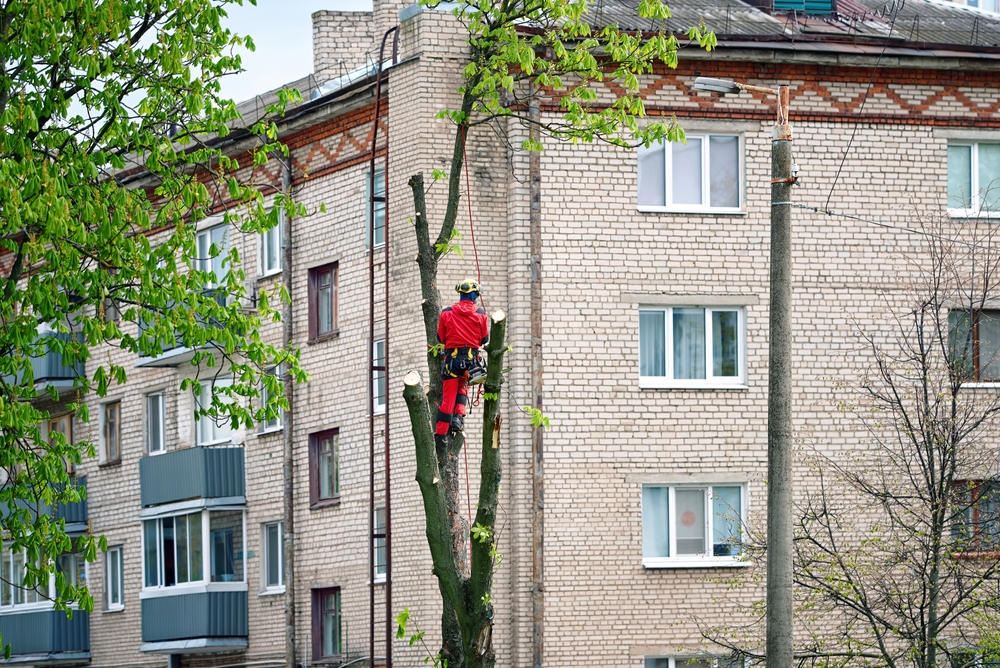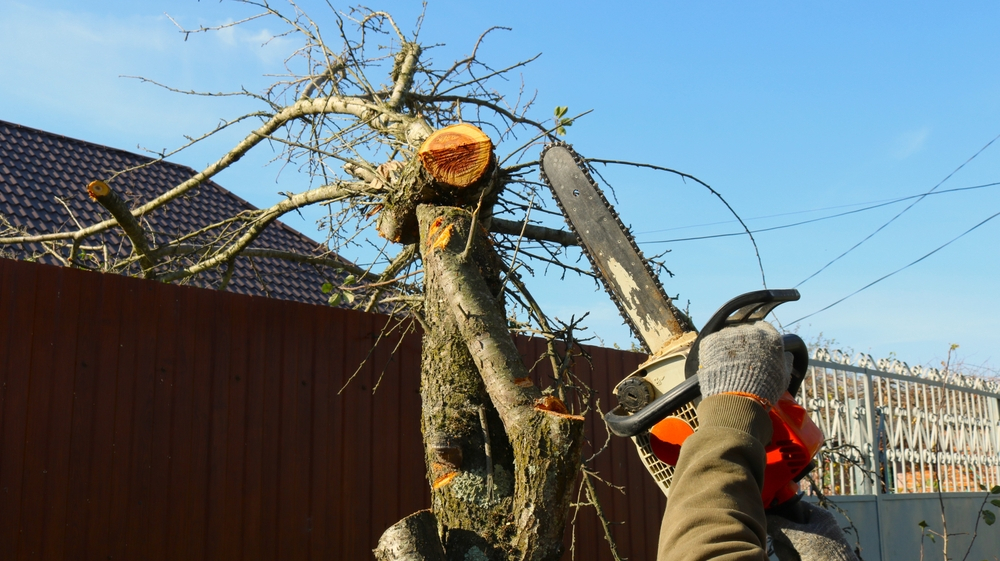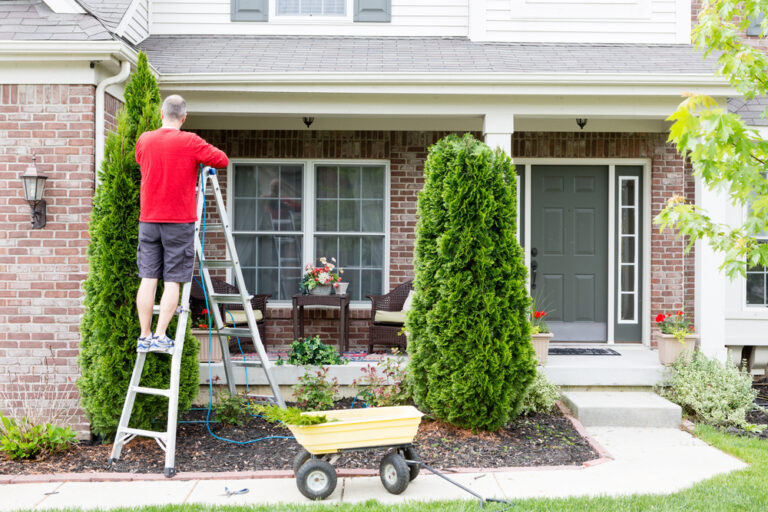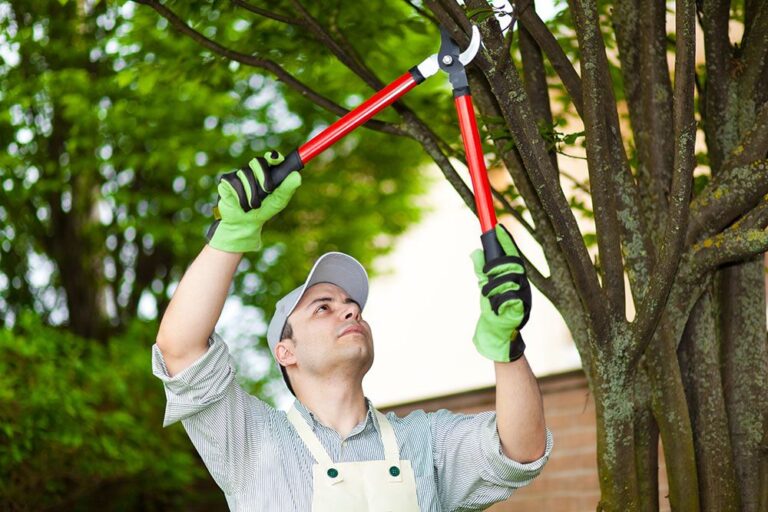Preparing Your Trees for Storm Season: Identifying Potential Hazards
As storm season approaches, the safety of your property and loved ones becomes a top priority. Amidst the flurry of preparations, it’s crucial not to overlook the silent sentinels standing tall in your yard – your trees. Understanding the significance of identifying potential hazards nestled within their branches can be the difference between weathering the storm unscathed or facing costly damages. In this comprehensive guide, we’ll delve into the importance of proactive tree maintenance, empowering you to safeguard your surroundings from the wrath of nature.
Signs to Look Out For
Before the storm clouds gather, it’s imperative to heed nature’s warnings embedded within your trees. Keep a keen eye out for subtle signs that may signal impending danger.
- Leaning Trees: Once a picturesque addition to your landscape, leaning trees can transform into formidable hazards when confronted with gale-force winds. While some trees naturally lean due to growth patterns or prevailing winds, a sudden or significant lean may indicate root damage or soil instability. Assess the degree of lean and the direction it leans in relation to nearby structures, as this can help determine the level of risk posed.
- Cracked or Diseased Branches: Branches marred by cracks, lesions, or signs of decay are ticking time bombs waiting to detonate during a storm. Weaknesses in branch structure compromise their ability to withstand the forces exerted by wind, rain, and snow, increasing the likelihood of limb failure. Regularly inspect your trees for any signs of damage or disease, paying close attention to areas where branches attach to the trunk, as these junctions are particularly vulnerable.
- Dead or Dying Trees: The haunting presence of dead or dying trees serves as a grim reminder of the fragility of nature’s beauty. While dead trees may appear innocuous at first glance, they pose significant risks during storms. Without the vitality of a living tree, deadwood becomes brittle and prone to snapping, posing hazards to nearby structures, vehicles, and pedestrians. Additionally, dead trees are more susceptible to uprooting, especially in saturated soils, further exacerbating the potential for damage.

Evaluating Tree Location and Surroundings
Beyond the façade of foliage lies a complex interplay of factors that dictate a tree’s behavior during tumultuous weather. Consider the following elements when evaluating the potential hazards posed by trees on your property:
- Proximity to Structures and Power Lines: A seemingly harmless companion may transform into a harbinger of destruction when entangled with electrical infrastructure or precariously perched above your home. Assess the distance between trees and nearby structures, taking into account the height and spread of branches. Trees located in close proximity to buildings, fences, or utility lines may pose an increased risk of damage or injury during storms, warranting closer scrutiny and potential mitigation measures.
- Soil and Root Stability: The stability of a tree’s root system is paramount to its ability to withstand the forces of nature. Assess the quality of soil surrounding your trees, paying attention to signs of erosion, compaction, or waterlogging. Compromised soil conditions can undermine root stability, increasing the risk of uprooting or toppling during storms. Additionally, consider factors such as soil type, depth, and drainage, as these can influence root development and overall tree health.
- Surrounding Vegetation: The presence of nearby vegetation can influence the behavior of trees during storms, either mitigating or exacerbating potential hazards. Overcrowding can inhibit a tree’s ability to develop a strong, resilient canopy, increasing the likelihood of limb failure or uprooting. Conversely, strategically planted windbreaks or buffer zones can help dissipate wind energy and reduce the impact of storms on vulnerable trees. Evaluate the composition and density of vegetation surrounding your trees, identifying any potential sources of competition or support.
Hiring a Professional Arborist
Navigating the intricacies of tree maintenance can be a daunting task, but you need not embark on this journey alone. Enlisting the expertise of a professional arborist can provide invaluable insight into the health and safety of your arboreal companions. A qualified arborist possesses the knowledge and experience to identify potential hazards that may elude the untrained eye, offering tailored recommendations to mitigate risks and enhance tree resilience. When selecting an arborist, prioritize certifications and credentials, ensuring they adhere to industry best practices and safety standards. Consider the following benefits of consulting a professional arborist:
- Comprehensive Assessment: A professional arborist will conduct a thorough assessment of your trees, identifying potential hazards and recommending appropriate measures to mitigate risks. From soil analysis to canopy evaluation, their expertise enables them to provide a holistic understanding of your tree’s health and safety.
- Tailored Recommendations: Based on their assessment findings, arborists can provide tailored recommendations for tree care and maintenance. Whether it’s pruning to remove deadwood, bracing to support weak limbs, or tree removal to eliminate hazards, their recommendations are grounded in sound arboricultural practices and prioritize safety.
- Risk Management: By proactively addressing potential hazards, arborists help mitigate the risk of property damage, personal injury, and liability associated with storm-damaged trees. Their expertise enables them to identify potential hazards before they escalate into emergencies, saving you time, money, and stress in the long run.
- Environmental Stewardship: Professional arborists are committed to promoting the health and vitality of urban forests, balancing the needs of trees with the safety and well-being of communities. By engaging their services, you contribute to the preservation and stewardship of our natural resources, ensuring a green legacy for future generations.

Maintaining Trees for Future Storms
The adage “an ounce of prevention is worth a pound of cure” rings especially true when it comes to tree maintenance. Regular inspections and pruning form the cornerstone of proactive tree care, allowing you to nip potential hazards in the bud before they escalate into full-blown crises. Embrace proper tree care techniques, from mulching to watering, nurturing your arboreal allies to withstand the trials of storm season with resilience and grace. Consider the following tips for maintaining trees for future storms:
- Regular Inspections: Schedule regular inspections of your trees to assess their health and structural integrity. Look for signs of damage, disease, or decay, paying close attention to areas of potential weakness such as branch attachments, trunk wounds, and root zones. Early detection of problems allows for timely intervention, minimizing the risk of storm-related damage.
- Pruning: Pruning is a vital component of tree maintenance, promoting healthy growth, structural integrity, and hazard reduction. Remove dead, diseased, or damaged branches to improve air circulation and reduce the risk of limb failure during storms. Additionally, thinning the canopy can reduce wind resistance and improve the tree’s ability to withstand strong winds.
- Mulching: Mulching provides numerous benefits to trees, including moisture retention, weed suppression, and soil insulation. Apply a layer of organic mulch around the base of your trees, extending to the drip line if possible. This helps conserve soil moisture, regulate soil temperature, and improve soil structure, promoting overall tree health and vigor.
- Watering: Proper hydration is essential for tree health, especially during periods of drought or extreme weather. Ensure your trees receive an adequate supply of water, particularly during hot, dry conditions. Deep watering encourages deep root growth and improves drought tolerance, enhancing the tree’s ability to withstand the rigors of storm season.
Conclusion
In the tapestry of nature’s majesty, trees stand as stalwart guardians, their branches outstretched against the fury of the elements. Yet, beneath their tranquil facade lurks the potential for untold devastation if left unchecked. As storm season looms on the horizon, take heed of the silent warnings whispered among the leaves, and embark on a journey of proactive tree maintenance. By identifying potential hazards, evaluating tree location and surroundings, consulting professional arborists, and embracing proper tree care techniques, you can fortify your landscape against the ravages of nature. Let us not wait for the tempest’s fury to awaken us from complacency; instead, let us stand as stewards of our surroundings, safeguarding our homes and communities with vigilance and foresight. Prepare your trees today, for tomorrow may bring storms unforeseen.


